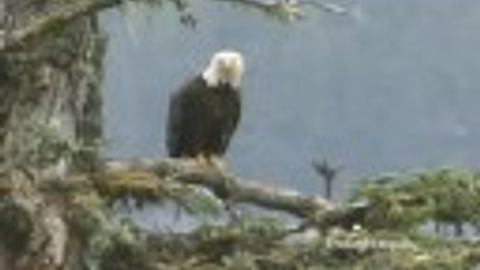ハクトウワシ (The Bald Eagle)
阿多賓 が 2021 年 01 月 14 日 に投稿  この条件に一致する単語はありません
この条件に一致する単語はありません- n. (c./u.)魚;魚
- v.t./i.釣りをする;探す;得ようとする
US /ˈwɔtɚ, ˈwɑtɚ/
・
UK /'wɔ:tə(r)/
- n. (u.)水;海
- v.i.(目が)涙を出す : 涙を流す;よだれがたまる
- v.t.水をかける
US /ˈwɪntɚ/
・
UK /ˈwɪntə(r)/
- n.活動がない期間;冬
- adj.冬の : 冬季の
- v.i.(遠くの場所で)冬を過ごす
エネルギーを使用
すべての単語を解除
発音・解説・フィルター機能を解除

